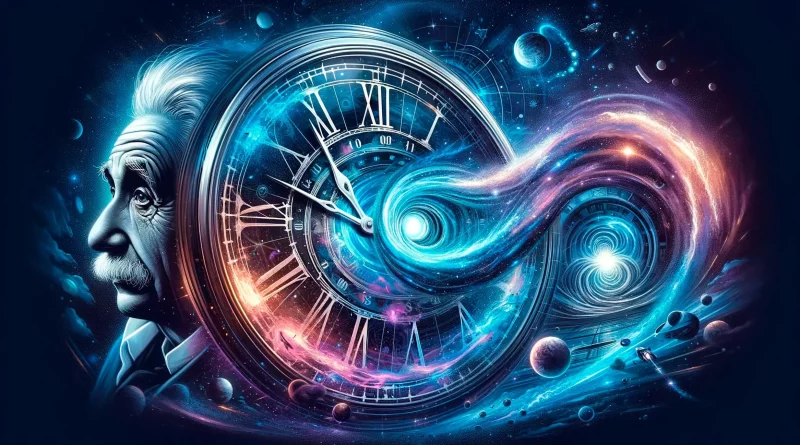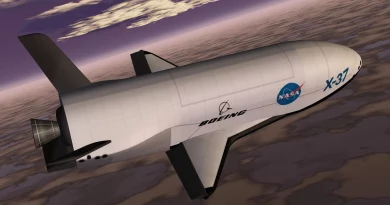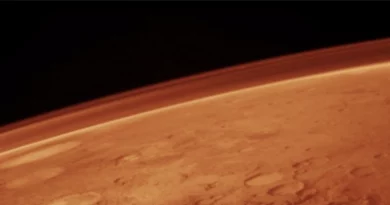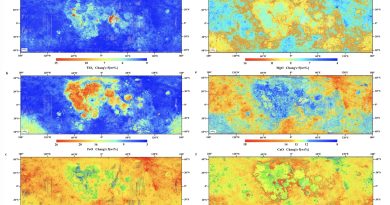Is time travel even possible? An astrophysicist explains the science behind the science fiction
The allure of time travel has been embedded in human imagination for centuries, fueled by science fiction tales of futuristic machines, magical devices, and even futuristic cars that defy the constraints of time. The prospect of traversing different points in time, like one moves between locations, has captivated minds and sparked curiosity. In this exploration, we delve into the scientific facets of time travel, evaluating the possibilities, challenges, and paradoxes that surround this intriguing concept.
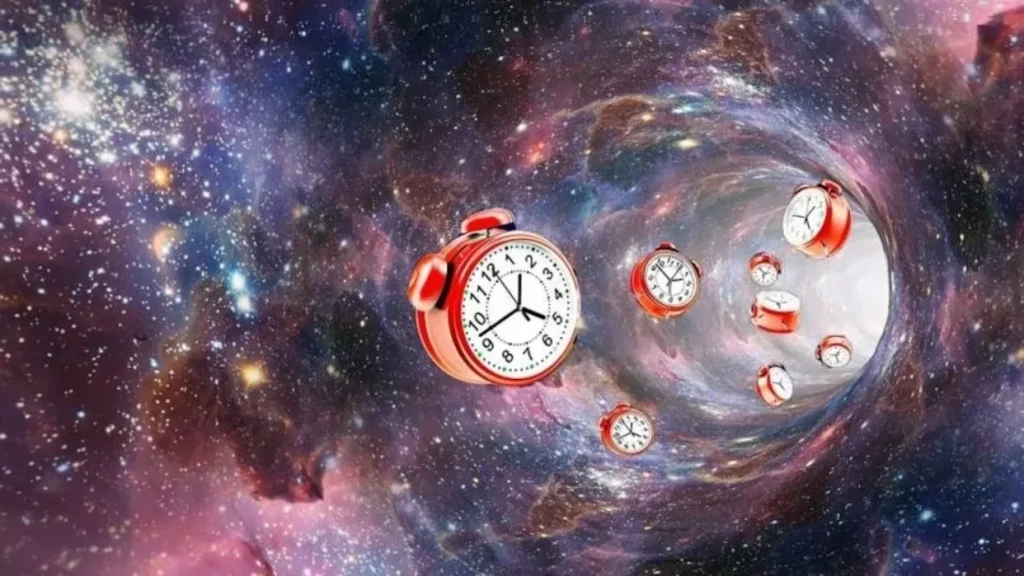
The Irreversible Nature of Time:
At the heart of the time travel debate lies the unresolved question of whether time is reversible. According to the second law of thermodynamics, a fundamental principle in physics, the universe tends to move towards increasing disorder over time. This law, likened to the impossibility of unscrambling eggs once cooked, implies that time can only progress forward—a one-way street. The persistent question arises: can we challenge this fundamental law and journey backward in time?
Einstein’s Theory of Special Relativity:
Albert Einstein’s groundbreaking theory of special relativity introduces a fascinating perspective on time. The theory posits that time is relative and can pass at different rates for different observers. A poignant example is the phenomenon of time dilation, where an individual on a spaceship moving close to the speed of light would experience time at a slower rate compared to someone on Earth. Although we have yet to achieve such speeds, the theory opens a realm of possibilities for understanding time in a nuanced manner.
Time Dilation in Space: A Real-World Example:
Astronaut Scott Kelly’s extended stay at the International Space Station provides a tangible illustration of time dilation. Traveling at speeds close to 17,500 mph, Scott aged slightly more slowly than his twin brother Mark, who remained on Earth. The 520 days spent in space resulted in Scott being 6 minutes and 5 milliseconds younger than his twin—a tangible manifestation of the relativistic effects of speed on the passage of time.
Exploring Theoretical Concepts: Wormholes and Time Tunnels:
Venturing into the realm of theoretical physics, scientists are exploring concepts like wormholes—hypothetical tunnels in space that could potentially create shortcuts for journeys across the universe. Theoretical discussions propose that if one end of a wormhole moves close to the speed of light, time dilation effects could occur. Entering through the moving end and exiting through the stationary end might allow an individual to travel back in time. However, the elusive nature of wormholes, yet to be observed, adds a layer of complexity to these theoretical speculations.
The Grandfather Paradox and Time Travel Dilemmas:
Time travel introduces paradoxes, most notably the “grandfather paradox.” This hypothetical scenario posits a person traveling back in time and inadvertently preventing their grandparents from meeting, creating a paradox where the time traveler was never born. The associated question arises: how could one have traveled back in time in the first place if their existence was erased? These mind-bending dilemmas add layers of complexity to the feasibility of time travel.
Stephen Hawking’s Dinner Party Experiment:
Physicist Stephen Hawking devised a unique experiment, a dinner party with invitations sent out after the event had occurred. The hope was that individuals with future time-travel capabilities would receive the invitation. However, the lack of attendees led Hawking to humorously conclude, “The best evidence we have that time travel is not possible, and never will be, is that we have not been invaded by hordes of tourists from the future.”
Telescopes as Time Machines:
Intriguingly, astrophysicists equipped with powerful telescopes possess a form of time travel unique to their field. By peering into the cosmos, they gaze into the past universe, as light from galaxies and stars carries information from distant epochs. When astrophysicists observe celestial bodies through a telescope, they are essentially witnessing them as they existed millions to billions of years ago. NASA’s James Webb Space Telescope, for instance, is currently exploring galaxies formed during the early stages of the Big Bang, approximately 13.7 billion years ago.
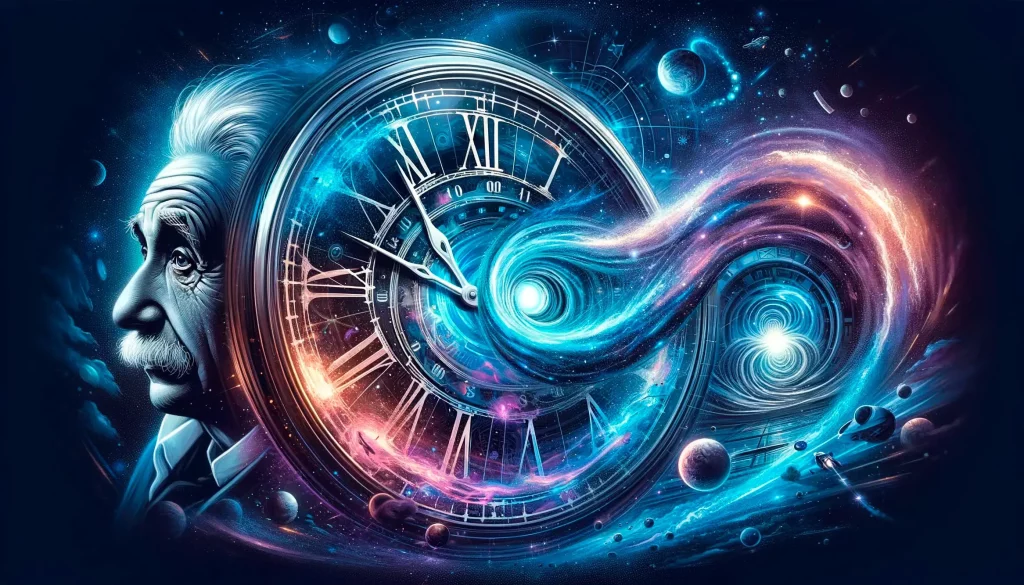
Conclusion:
While the dream of constructing time machines akin to those in movies remains elusive, the scientific exploration of time travel continues to captivate researchers and enthusiasts alike. From the theoretical possibilities of wormholes to the intricate challenges presented by paradoxes, the quest for understanding time’s malleable nature persists. As we revel in the prospect of time travel in our favorite books, movies, and dreams, the scientific community remains dedicated to unlocking the mysteries of temporal manipulation. The journey through time, whether through theoretical physics or the lens of powerful telescopes, adds a layer of complexity to our comprehension of the universe’s temporal tapestry.
